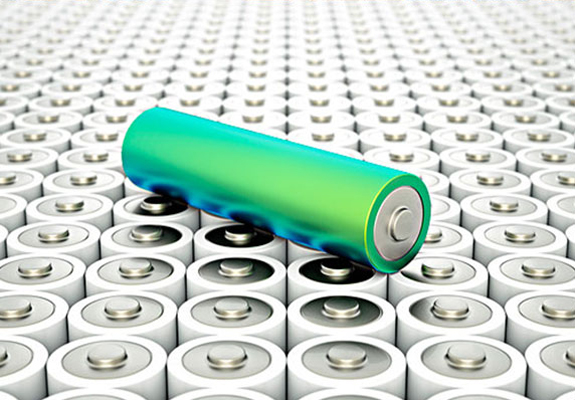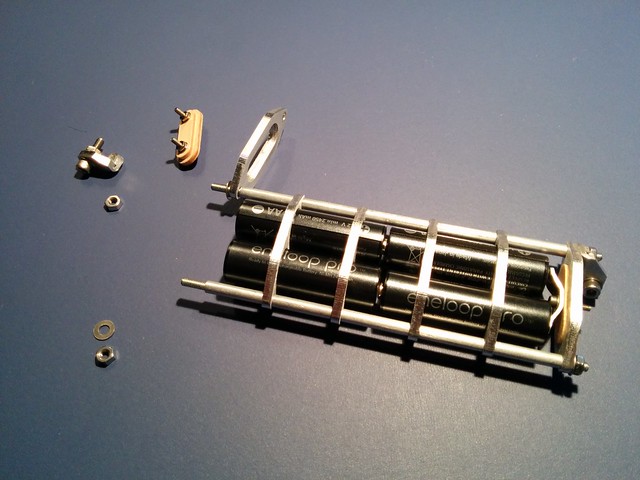Comparison NiMh battery vs lithium ion battery
Jul 02, 2019 Pageview:1549
The present word is very much reliant on power for everyday activities. Everything for smartphones to medical devices needs a battery to be operational. There are many types of batteries available in the global market now. Lithium ion and NiMH batteries are two battery types that have similar applications. NiMh has been in the market for a very long time, but slowly lithium ion batteries are taking over its market share. While they are used for similar applications, there are many distinguishing features between them. These differences make each type of battery more efficient in some manner.
Which is better, NiMh battery or lithium ion batteries?
Both lithium ion batteries and NiMH have much use in the battery industry. The major difference between them is caused by the material that is used to store power, lithium ions in case of lithium ion batteries and hydrogen along within nickel in NiMH batteries. NiMH batteries are cheaper than lithium ion batteries, however, the increase in the production of lithium ions battery should lead to a price drop in the future. Lithium ion batteries are also much lighter and smaller than NiMH batteries, this is very important in hybrid cars as they need to overcome the inertia of the car. Both NiMh and lithium ion batteries hold the same amount of power. Lithium ion batteries, though, can be charged and discharged much faster than NiMH batteries. NiMH batteries are also affected by "memory effect", this is the reduction of a battery's capacity when it gets charged before being fully drained. Lithium ion batteries do not have as much "memory effect" as NiMH batteries. Both NiMh and Lithium ion batteries are extremely durable, they have been in constant use in many devices for prolonged periods of time. NiMH batteries, however, have a much higher tolerance for high temperatures than lithium ion batteries. Some lithium ion batteries simply cannot tolerate very hot climates, but research is being conducted to improve the durability and thermal tolerability of lithium ion batteries.
NiMH batteries are better when you need batteries to be cheap and to be able to handle extreme temperatures. Lithium ion batteries are better in a situation where you need a compact, quick charging, and quick discharging batteries.
Advantages and limitations of NiMH battery and lithium ion battery
The NiMH battery has been used for a very long time. It offers a much higher energy capacity than a lithium ion battery. The standard NiMH battery has a capacity of 2200 mAh when the standard lithium ion battery has a capacity of 1500 mAh. NiMH batteries are produced in standard sizes like AA and AAA, so they are compatible with devices of all sizes and shapes. Since NiMh batteries use the much less active nickel metal, they are safer. While NiMh batteries pop when short-circuited or overcharged, this is nothing compared to the explosion risk of lithium ion batteries. NiMH batteries can also be completely discharged, and they will still be able to get charged at this stage. Just take care to ensure that they do not get affected by reverse polarity or the battery will get damaged. The NiMh ions are also eco-friendly.
The issue with NiMH battery is that it has a high self-discharge rate. They will lose a percentage of their charge over time even without usage. They usually lose 5% of their charge in the first week and about 50% after the first month. While there are a few reliable low-self-discharge rate type NiMH batteries, these tend to have lower capacities than the standard ones. NiMH batteries are thus very unreliable for low load devices, this is because they will lose more of the charge through self-discharge than by powering the device. NiMH batteries are also only able to produce a lower voltage output than lithium ion batteries. NiMH batteries also take a long time to get charged, usually 10 to 12 hours.
Lithium ion batteries are extremely reliable as they have a low self-discharge rate, so they can be used for low load devices like clocks and watches without any issues. The batteries are also much lighter and smaller than NiMH batteries. They give a much higher voltage output when compared to NiMH batteries. They can also get fully charged in one to three hours. Lithium ion batteries have a higher energy density, so they will be able to store more energy per gram than a NiMH battery.
The lithium ion batteries, however, have a lower capacity than NiMH batteries. The major issue with lithium ion batteries is that different manufacturers produce different shapes and sizes of lithium ion batteries. Thus each battery is only suitable for a specific set of devices and cannot be used to power other devices. The lithium ions in the battery are very active, they can react very easily and will generate a lot of heat. This is why the lithium ion batteries have circuits in the cell that check the voltage and temperature to prevent the cells from exploding. You also will not be able to completely discharge a lithium ion battery, and you must always keep it charged above 50%.
Applications of NiMH battery and lithium ion battery
NiMH batteries are mostly used in low cost consumer goods like mobile phones, cameras, pagers, electric razors, toothbrushes, laptops, and medical equipment. They are available in AA and AAA sizes, allowing them to be used in a number of standard products.
Lithium ion batteries are slowly taking over the market of NiMH batteries thanks to their increased reliability and better charging rates. In addition to all the applications of NiMH batteries, they are also used to power oceanographic equipment and implantable medical devices.
- Prev Article: How about 18650 battery test?
- Next Article: How much do you know about LiPo connector types?
Leave Message
Hottest Categories
-
Hottest Industry News
-
Latest Industry News











